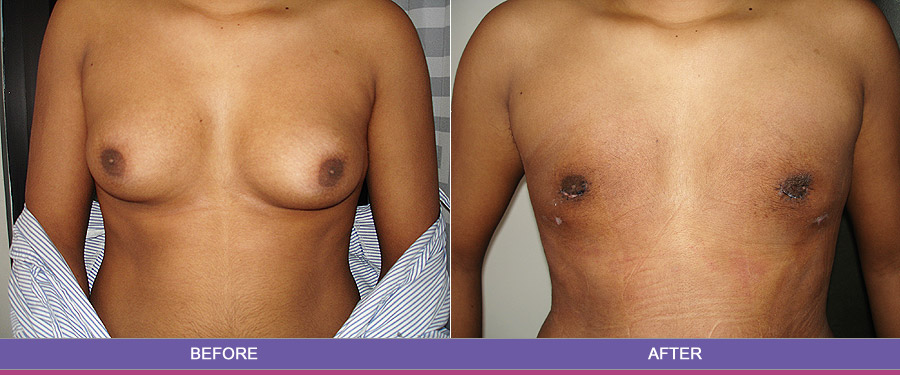Gynecomastia is a common endocrine disorder in which up to 70% of adolescent boys experience and causes benign enlargement of breast tissue in males. This growth is attributed to disturbances in the endocrine system that leads to an increase in the ratio of estrogen and androgens.
Some cases have shown that gynecomastia in puberty will go away without treatment within six months to two years. However, sometimes these do not show up only in puberty but can manifest itself when you least expect it, between the ages of 50 and 80.
Mild cases of gynecomastia can be treated with advice on lifestyle habits such as proper diet and exercise. More severe cases may include medical treatment that involves surgical intervention. This medical treatment is most effective when performed during the first two years after the start of male breast enlargement. In chronic gynecomastia, the surgical removal of the glandular breast tissue is usually required.
Complications of this surgery may include: hematoma, surgical wound infection, breast asymmetry, changes in sensation in the breast, necrosis of the areola or nipple, sermoa, noticeable or painful scars, and contour deformities. As with any other procedure, if you are considering undergoing anything you should first consult your primary care physician as well as your plastic surgeon to understand the risks of undergoing such a procedure.
Flyer’s legend Bernie Parent has opened up about this to the media recently and he has since told the media that he has not opted for any surgical procedures. He instead opted for fat freezing CoolSculpting treatments. After two treatments he saw an amazing difference. Results will vary from person to person depending on their age and how much fat and skin they have.
In other news, there has been a bra that has been recently developed by a Tokyo clothing store for men with gynecomastia. The product is designed to be worn to bed in hopes of rectifying or reducing the problem. The goal is to flatten the appearance of the breast but does not address the underlying problem. This conservative method has been chastised by doctors and may not provide the result the patients need or may take too long to accomplish the desired results.

